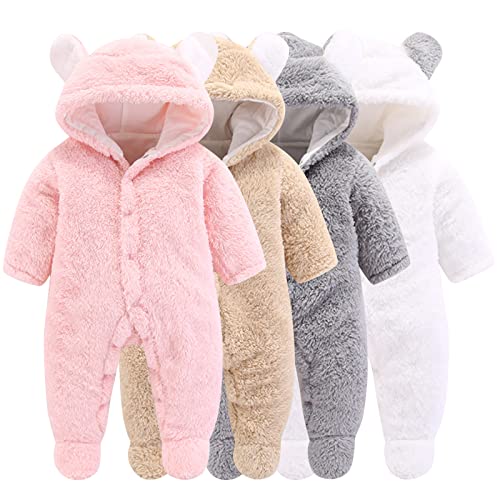The Best Material for a Pramsuit
When it comes to choosing a pramsuit for your little one, one of the most important factors to consider is the material. The right material can ensure that your baby stays warm, comfortable, and protected from the elements. With so many options available, it can be overwhelming to determine which material is best. In this article, we will explore some of the top materials for pramsuits and discuss their advantages.
Fleece
Fleece is a popular choice for pramsuits due to its excellent insulation properties. It is made from synthetic fibers that provide warmth without adding too much bulk. Fleece is soft against the baby’s skin and easily wicks away moisture, making it a great option for keeping your little one dry and cozy. Additionally, fleece is lightweight and breathable, allowing for proper air circulation. It is also easy to care for and dries quickly, which is ideal for busy parents.
Cotton
Cotton is another excellent material for pramsuits, especially for sensitive baby skin. It is a natural fiber that is soft, breathable, and hypoallergenic, making it suitable for babies with allergies or eczema. Cotton pramsuits provide warmth without causing overheating, as they allow air to circulate. Furthermore, cotton is known for its durability and can withstand frequent washing without losing its shape or softness. Many organic options are available for parents looking for an eco-friendly and sustainable choice.
Down
Down-filled pramsuits offer superior insulation and warmth, making them ideal for colder climates. Down is the soft, fluffy feathers found underneath the exterior feathers of waterfowl, such as ducks and geese. These feathers provide excellent thermal insulation and are incredibly lightweight. Down pramsuits are known for their ability to retain heat while allowing moisture to escape, keeping your baby warm and dry during chilly winter outings. It is important to ensure that the down filling is responsibly sourced and that the pramsuit has a water-resistant outer layer for added protection.
Wool
Wool is a natural and sustainable material that has been used for centuries to keep humans warm. Its natural fibers are excellent at regulating body temperature, making it a great material for pramsuits. Wool is a breathable material that wicks away moisture while providing exceptional insulation. It can keep your baby warm in cold weather and cool in warmer temperatures. Additionally, wool is naturally resistant to bacteria, mold, and mildew, making it a hygienic choice. However, wool pramsuits require special care and should be hand washed or dry cleaned to maintain their shape and softness.
Synthetic materials
There are also several synthetic materials commonly used in pramsuits, such as polyester, nylon, and microfiber. These materials offer durability, water resistance, and easy care. They are often blended with other fabrics to enhance their performance. Synthetic pramsuits are lightweight, quick-drying, and affordable, making them a popular choice for everyday use. However, it is important to note that synthetic materials may not provide the same level of breathability as natural fibers and may cause overheating in certain situations.
In conclusion, there are several excellent materials to consider when choosing a pramsuit for your baby. Fleece, cotton, down, wool, and synthetic materials all have their advantages and are suitable for different weather conditions and personal preferences. It is important to assess the climate, consider any specific needs or allergies your baby may have, and select a pramsuit that provides both warmth and comfort. By carefully considering the material, you can ensure that your little one stays snug and protected during outdoor adventures.






